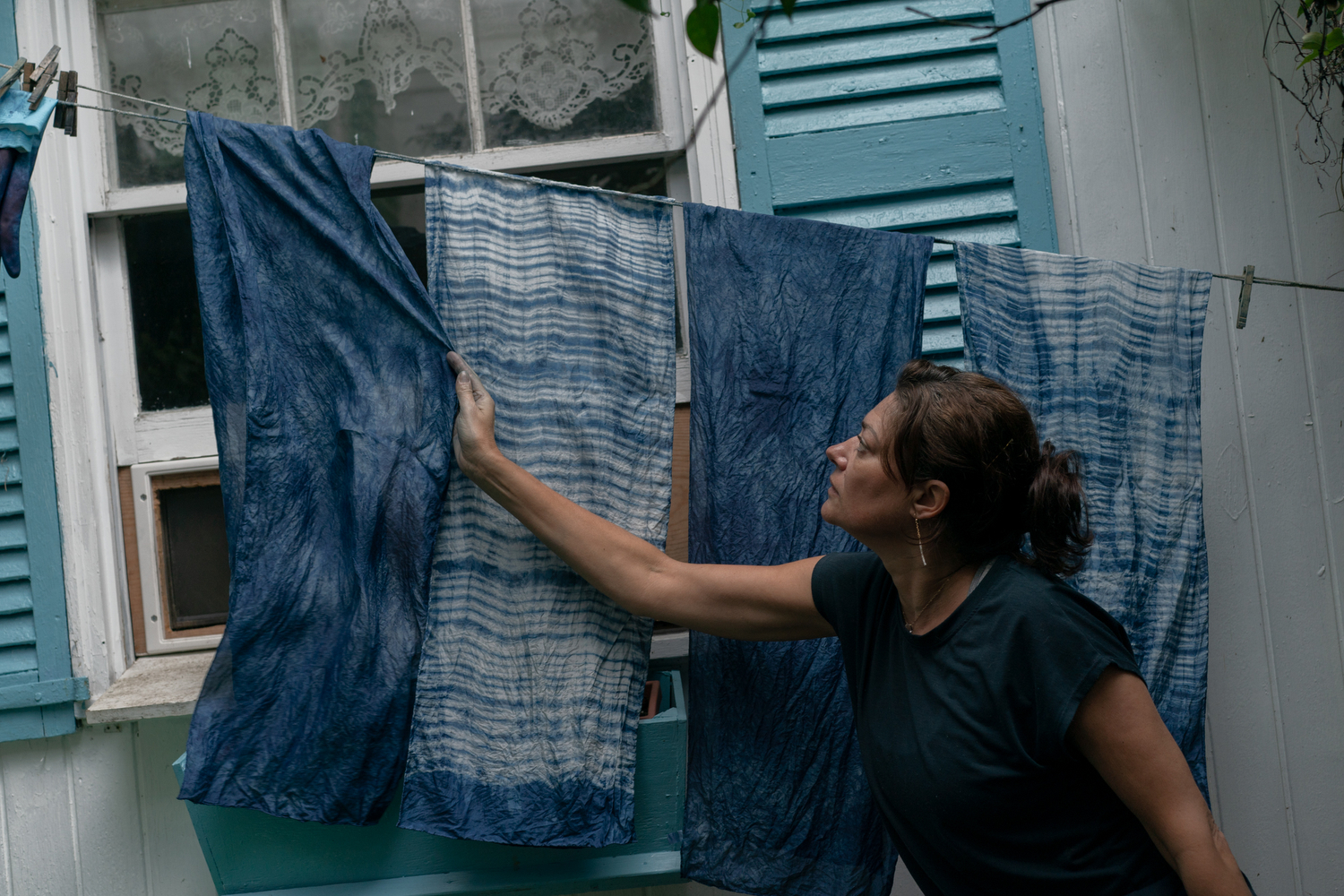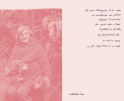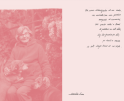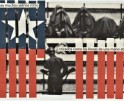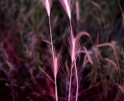Review Santa Fe: Caroline Gutman: Children of Indigo
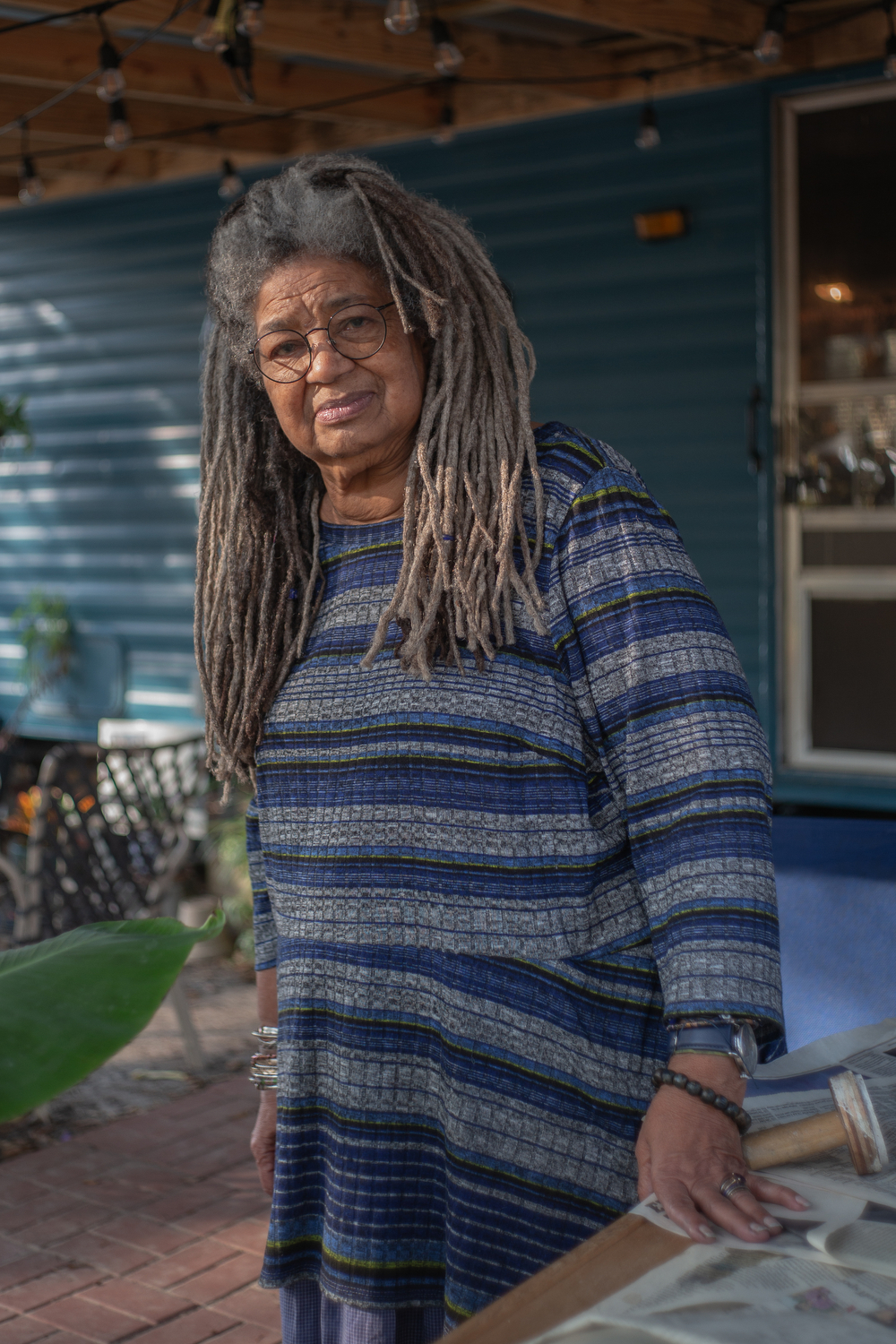
©Caroline Gutman, Textile artist and educator Arianne King Comer sits for a portrait, in Wadmalaw Island, South Carolina. King Comer, who has been an Artist in Residence for the State of South Carolina since 1995, describes the connection between indigo and South Carolina as “spiritual.” In 2021, King Comer was Artist in Residence at Ashley Hall, a girls’ preparatory school, in Charleston, South Carolina. “Indigo is the voice of our ancestors,” says King Comer.
Today, we are continuing to look at the work of artists with whom I met at Review Santa Fe in November 2023. Up next, we have Children of Indigo by Caroline Gutman.
Caroline Gutman is an American photographer based in Philadelphia, Pennsylvania and Washington, D.C. Her work focuses on political movements, gender and economic inequality, and the creative economy, connecting the past to the present. Caroline’s photography has appeared in The New York Times, National Geographic, Smithsonian Magazine, The Washington Post, The Guardian, ProPublica, Politico Magazine, and NPR. She has received grants from The Pulitzer Center, the U.S. Department of State and the Economic Hardship Reporting Project, and her work has been exhibited at Photoville in New York. Caroline leads visual storytelling workshops for various international organizations and was previously a Fulbright fellow in China, where she conducted ethnographic research on indigenous Miao women artisans and documented their indigo textile traditions. Caroline speaks fluent Mandarin and conversational French and German.
Follow Caroline on Instagram: @carolinegutman
Children of Indigo
The beauty of indigo is haunted by a painful history.
Eliza Pinckney, an 18th century slaveholder’s daughter, is widely credited with planting the first indigo seeds in South Carolina and transforming the plant into a lucrative cash crop. Before the American Revolutionary War, indigo dye, which was known as “blue gold,” accounted for 25% of all exports from the American colonies, the second most valuable export after rice.
But behind the allure of indigo blue and the wealth it created was the reality of enslaved people who carried out the backbreaking work of cultivating, fermenting and processing indigo into dye. Out of the inhumane and immoral treatment of African Americans, indigo thrived. Like cotton, this blue gold carries inseparable links to centuries of American chattel slavery.
Today, women in the Lowcountry have revived indigo cultivation and dyeing, building a diverse community of textile artists and farmers. In the words of textile artist Arianne King Comer, “Indigo is the voice of our ancestors.”
In “Children of Indigo,” I explore how the commodity and its dye fueled slavery in the American colonies, photographing remaining historical sites, juxtaposed with documentary work on contemporary textile artists and farmers taking indigo’s difficult past and reclaiming it. My goal is to create a conversation between a painful history and a modern revival, and encourage us to re-examine our own commonly held histories.
This work was supported by the Pulitzer Center.
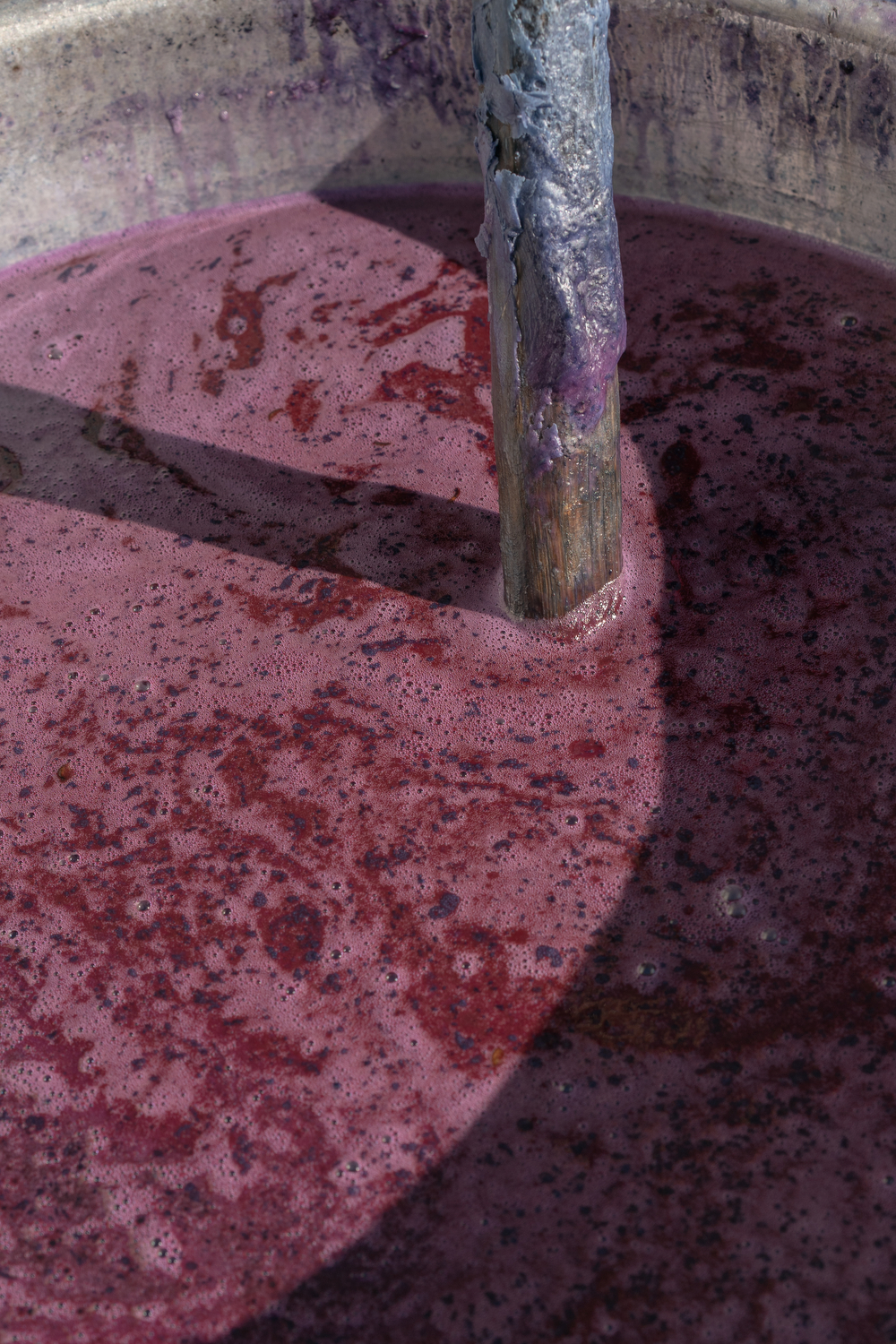
©Caroline Gutman, Textile artist and educator Arianne King Comer stirs a vat of hot water used to melt wax off batik designs made by students, at Ashley Hall in Charleston, South Carolina. In 2021, King Comer was a master batik Artist in Residence at the girls’ preparatory school. “South Carolina wants to become the global center of indigo,” says King Comer. “That’s what we can do that gets us from the past to what indigo can really be in the future.
Daniel George: What led you to the history of indigo in the United States, and eventually to the Lowcountry and beginnings of this project?
Caroline Gutman: I became interested in indigo while on a Fulbright grant in southwest China in 2016. I was photographing indigenous women artisans’ textile traditions and researching how they supported local economic development. I originally focused on embroidery traditions but became mesmerized by the beautiful Miao indigo textiles and shifted focus.
Learning about Miao indigo made me curious about indigo production elsewhere, so when I moved back to the States I began researching its history here. Unlike other parts of the world where indigo production creates economic independence for women, in the American colonies it fueled slavery. The legend of American indigo focuses on the daughter of a plantation owner, but I wanted to document the full story of indigo.

©Caroline Gutman, A hibiscus mutabilis bush, also known as Confederate rose, at Pluff Mudd Farm, in Wadmalaw Island, South Carolina.
DG: In this series, you photograph individuals, like Arianne King Comer, who have an ancestral connection working with indigo. In what ways did you collaborate in recounting this history? What did you learn from them throughout the process?
CG: In our first conversation, Arianne described indigo as “the voice of our ancestors,” and told me it has been an anchor in her life. She is a pillar in the Lowcountry indigo community, and I instantly felt drawn to her.
The peak of indigo production was over 250 years ago and there are almost no artifacts because enslaved individuals weren’t credited or acknowledged for their expertise in indigo. Additionally, the raw materials and tools used for indigo production have since deteriorated or disappeared.
When I got to Charleston, I sifted through plantation records at the library, interviewed local historians and met with a museum curator who specializes in 18th century textiles. But finding anything, even remnants of indigo cloth, was nearly impossible. So instead, I turned to spaces that had a connection to indigo’s painful past and tried to convey the historical weight through my photographs. While I wasn’t able to document extensive historical components, as the women artists and farmers taught me, they themselves represent the missing history.

©Caroline Gutman, Sheena Myers at her home in Hollywood, South Carolina. Myers, who is an Air Force veteran and third-generation farmer, began growing indigo in 2021 and producing a range of items through her company GenoType, including indigo soap. Previously, Myers became the first African American licensed hemp farmer in the region.
DG: Tell us more about the relationship between the landscapes, portraits, and images depicting the process of working with indigo. What do each contribute to the narrative of this series?
CG: I felt it was essential to include portraits of the women who have reclaimed indigo’s legacy to continue this story into the present day. The landscapes in the project represent physical remnants — a former plantation where indigo was cultivated by enslaved people and an unmarked vat where indigo was turned into dye. The documentary photographs illustrate the revival of the traditional process in current-day South Carolina. Together, the pictures interweave the past and present.
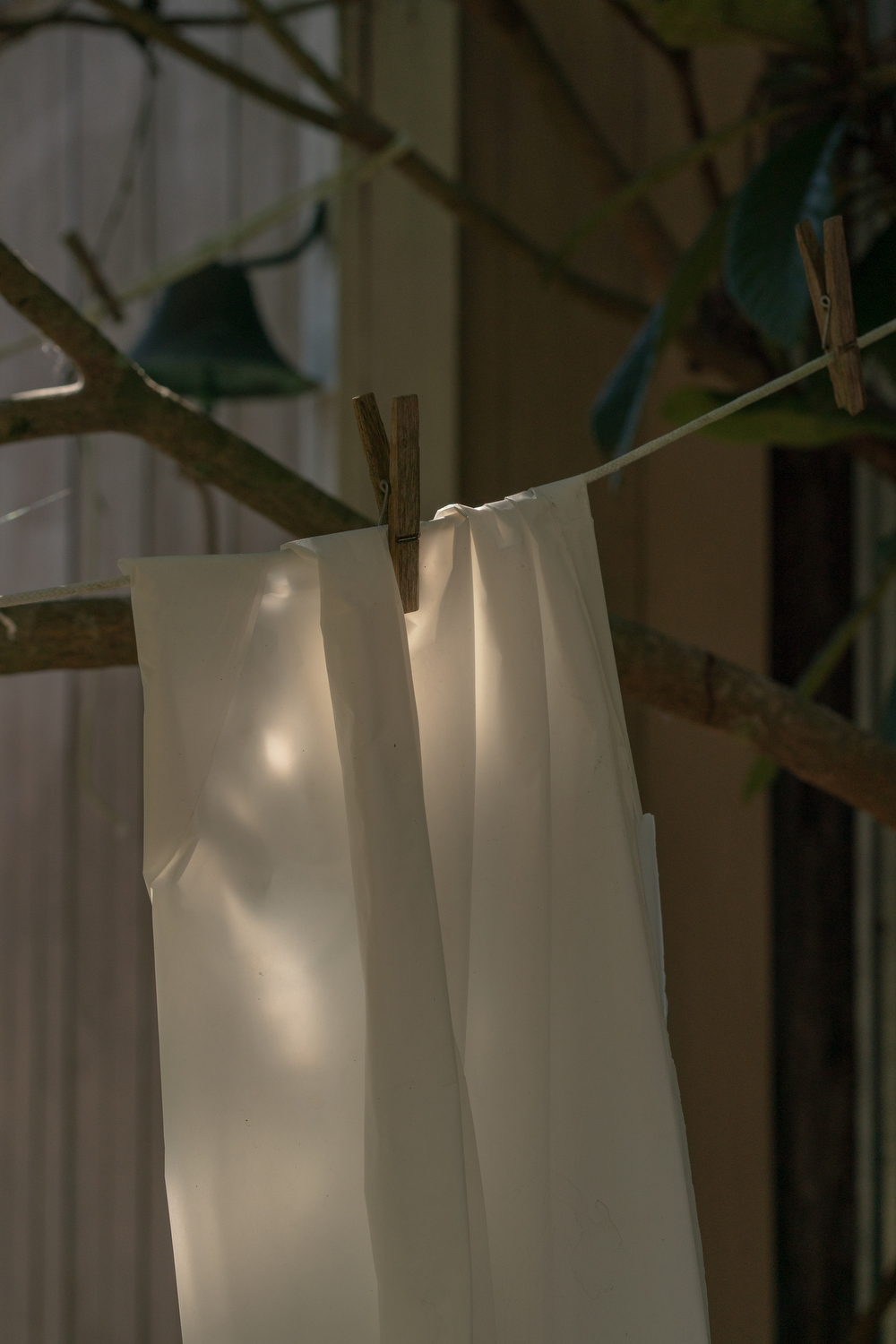
©Caroline Gutman, Fabric hanging on a clothesline before being dyed with indigo, on Wadmalaw Island, South Carolina.
DG: One aspect of photography that I find particularly compelling is its ability to both preserve and reclaim history. You write that your general interests in photography revolve around “political movements, gender and economic inequality, and the creative economy, connecting the past to the present.” Would you share your thoughts on why you feel the photographic medium is decidedly suited to address these issues?
CG: I turned to photography to better understand the world myself. Photography has the unique ability to humanize abstract and complex issues. I believe that to understand a photograph is to make an empathetic connection.
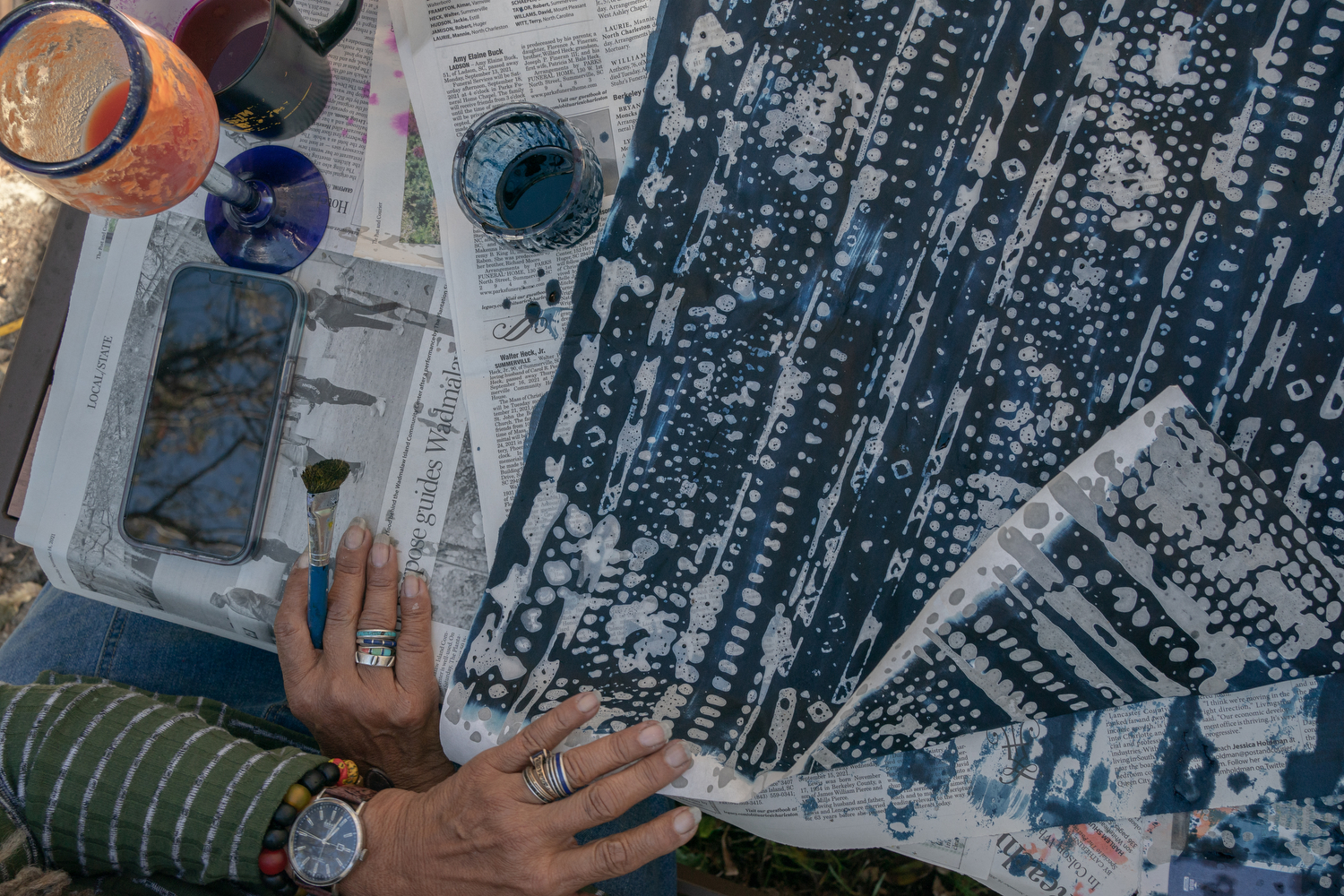
©Caroline Gutman, Arianne King Comer works on an indigo batik design made on rice paper at Pluff Mudd Farm, in Wadmalaw Island, South Carolina. King Comer uses hot wax dots and lines and brushed on layers of indigo dye to create a pattern.
DG: I imagine that many (myself included—prior to learning from this project and researching more afterward) are not aware of the tragic story of indigo in the United States. You mention that this work “encourage[s] us to re-examine our own commonly held histories.” In what ways do your images persuade us to do so?
CG: In this project, and within all of my photography, I try to go beyond the folklore and document a more complete history. This project takes on the legend of indigo (for example, Eliza Pinckney’s shoes) and offers additional layers (the unmarked vat, the former plantation, and contemporary women artists and farmers). I think it’s important to honor the tales passed down and weave in lesser-known stories to create a richer collective history.
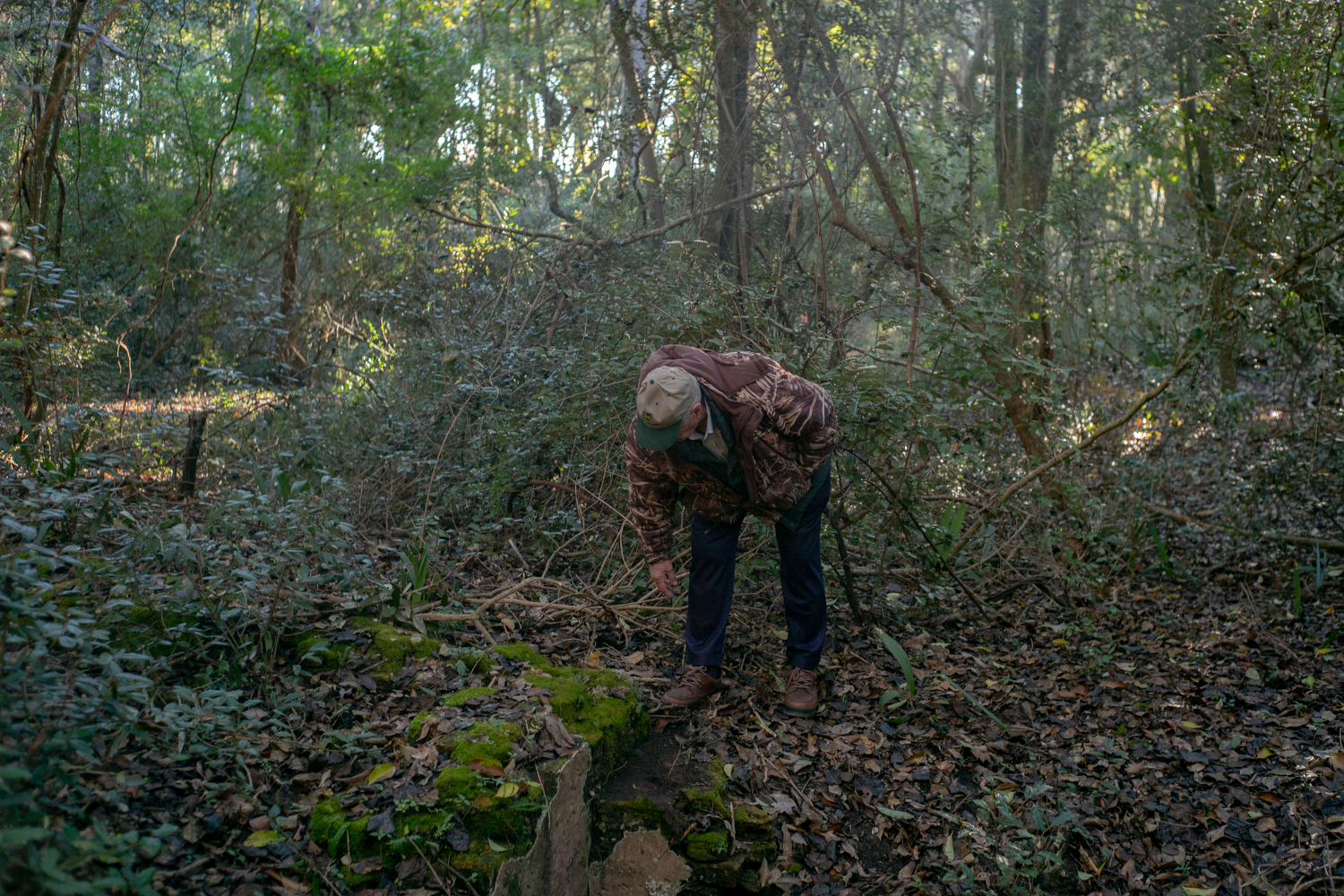
©Caroline Gutman, Jimmy Kerr bends down to look at a piece of the historic indigo vat ruins on his property, in Johns Island, South Carolina. Kerr played in the vat in the woods as a child, not realizing what it was.
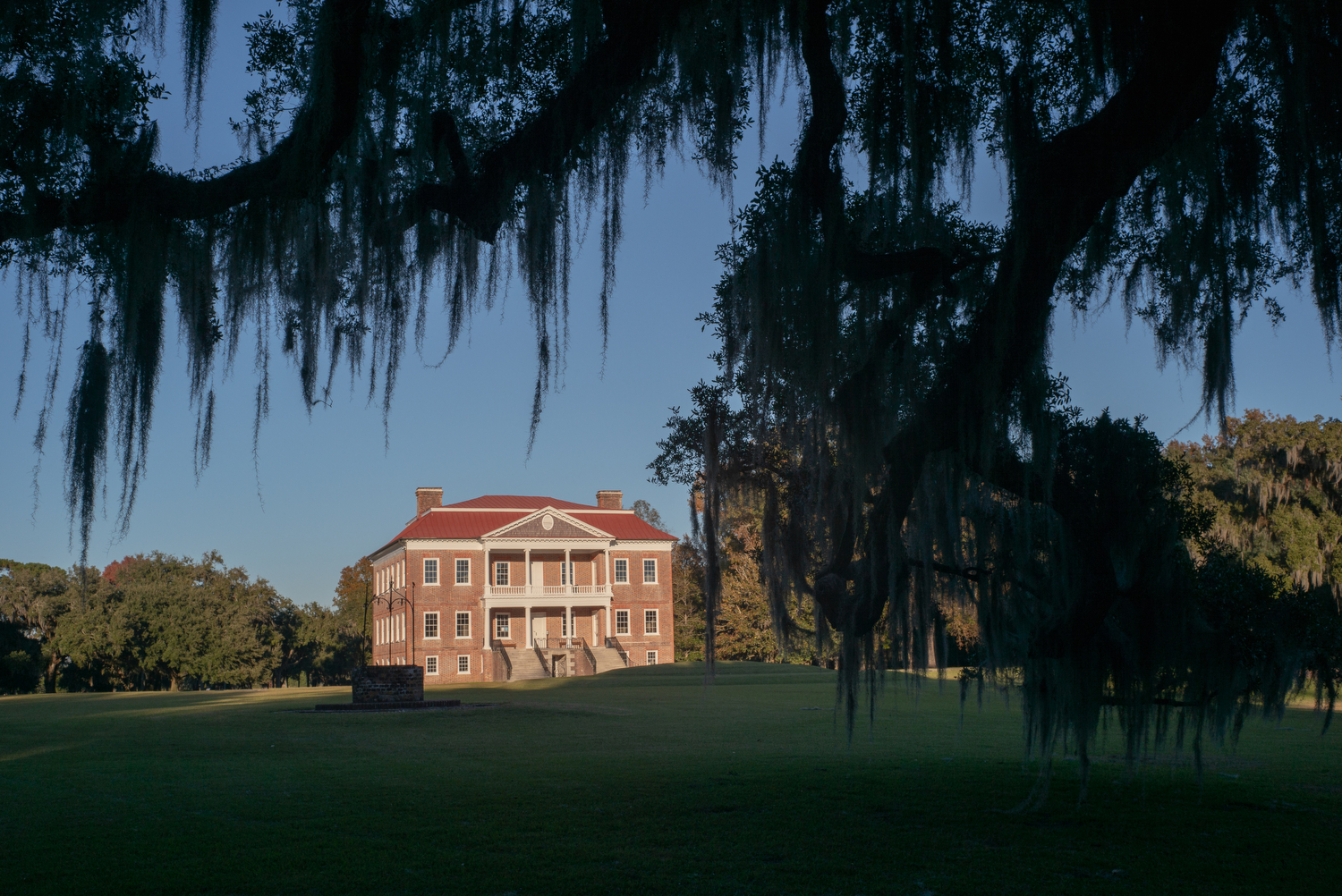
©Caroline Gutman, The main house at Drayton Hall, a former 350-acre plantation in Charleston, South Carolina, was purchased by John Drayton in 1738. Drayton’s son Charles described the plantation’s indigo production in his 1793 diary, one of the only written records.
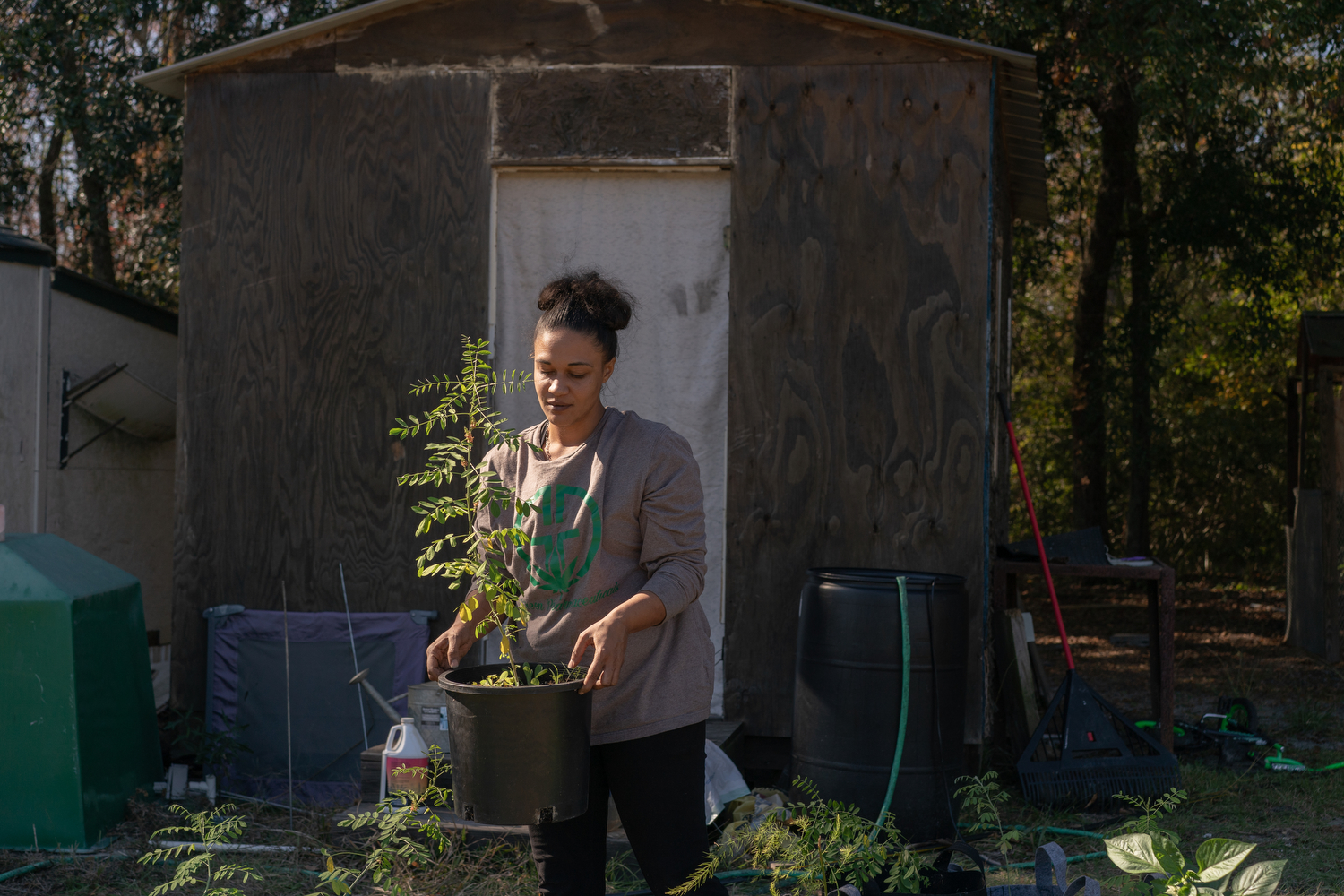
©Caroline Gutman, Joy Mills carries an indigo plant after repotting it, in her backyard in Cross, South Carolina. Mills, an avid gardener, began growing indigo from seed in 2021, alongside other plants including hemp.
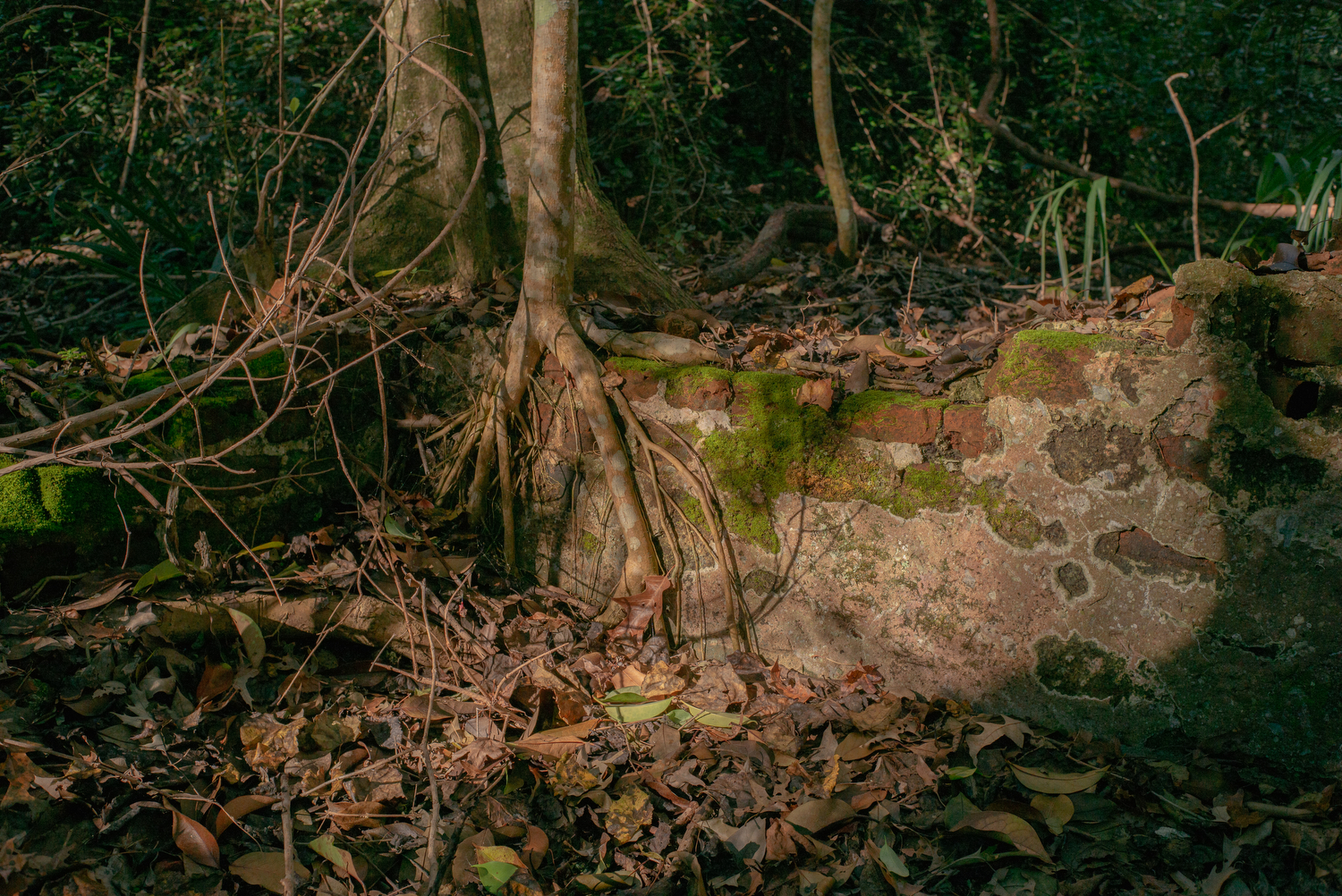
©Caroline Gutman, Remains of a brick indigo vat in the woods in Johns Island, South Carolina. Jimmy Kerr, who grew up on the property, played in the indigo vat as a child, not realizing what it was at the time. The vat is one of a handful of known surviving vats in the region, including one at the former Otranto Plantation in Hanahan, South Carolina, which was relocated to an industrial parking lot.
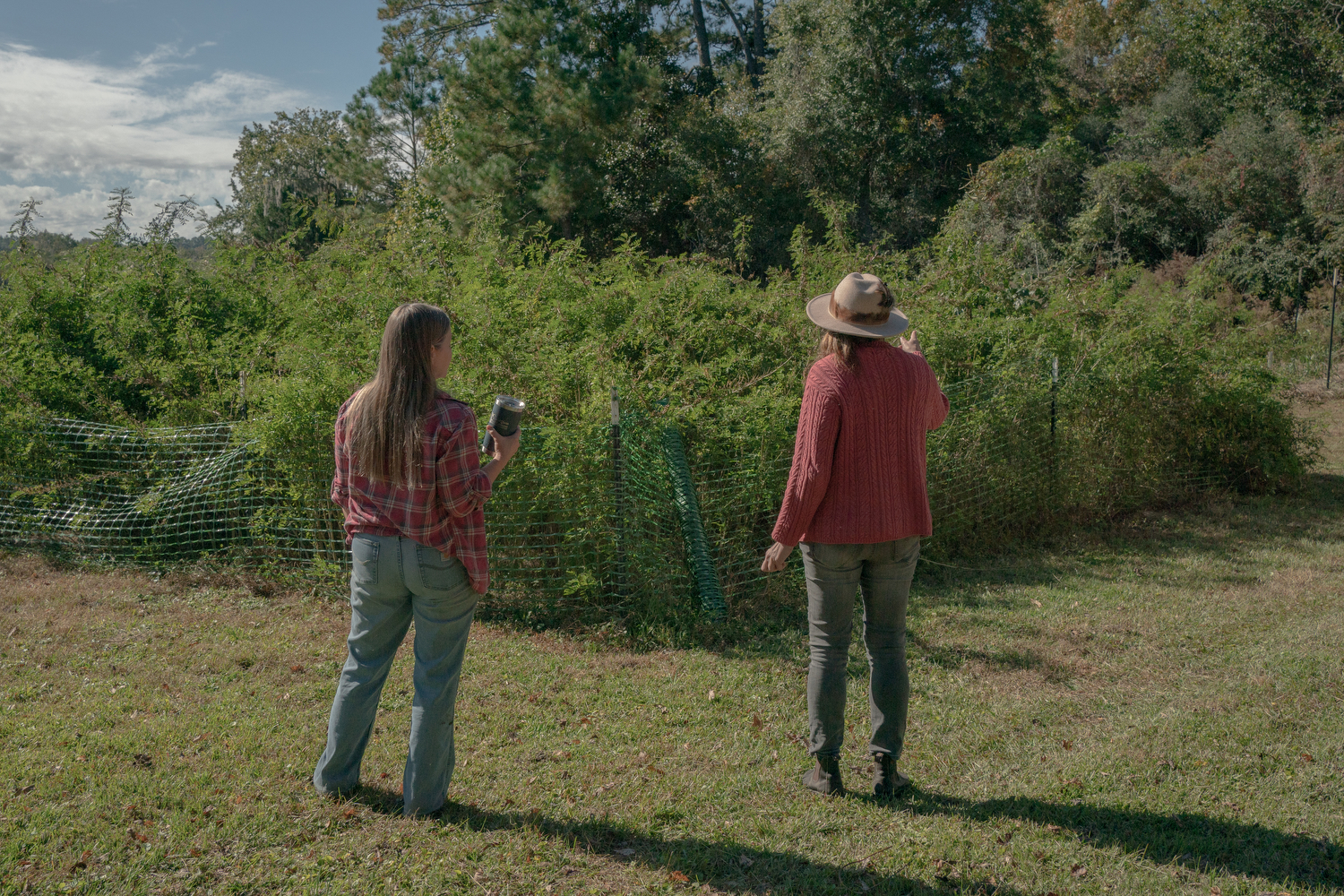
©Caroline Gutman, Kelly Fort, who runs Pluff Mudd Farm with her husband Dale, shows Ellie Maas Davis their field of indigo, in Wadmalaw Island, South Carolina.
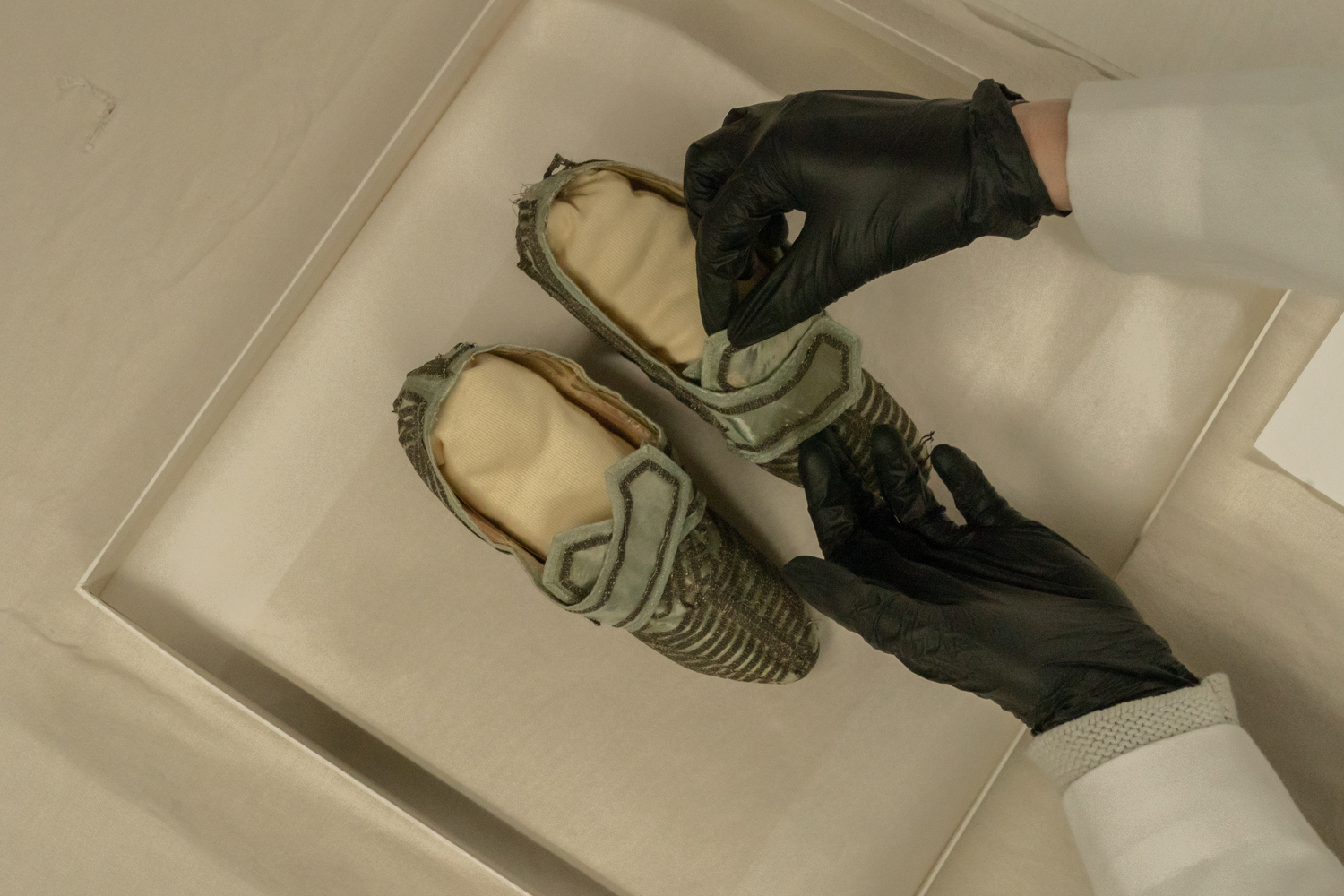
©Caroline Gutman, Curator Virginia Theerman adjusts one of Eliza Lucas Pinckney’s shoes from the collections at The Charleston Museum, in Charleston, South Carolina. Pinckney is credited with first introducing and cultivating indigo in South Carolina in the 18th century.
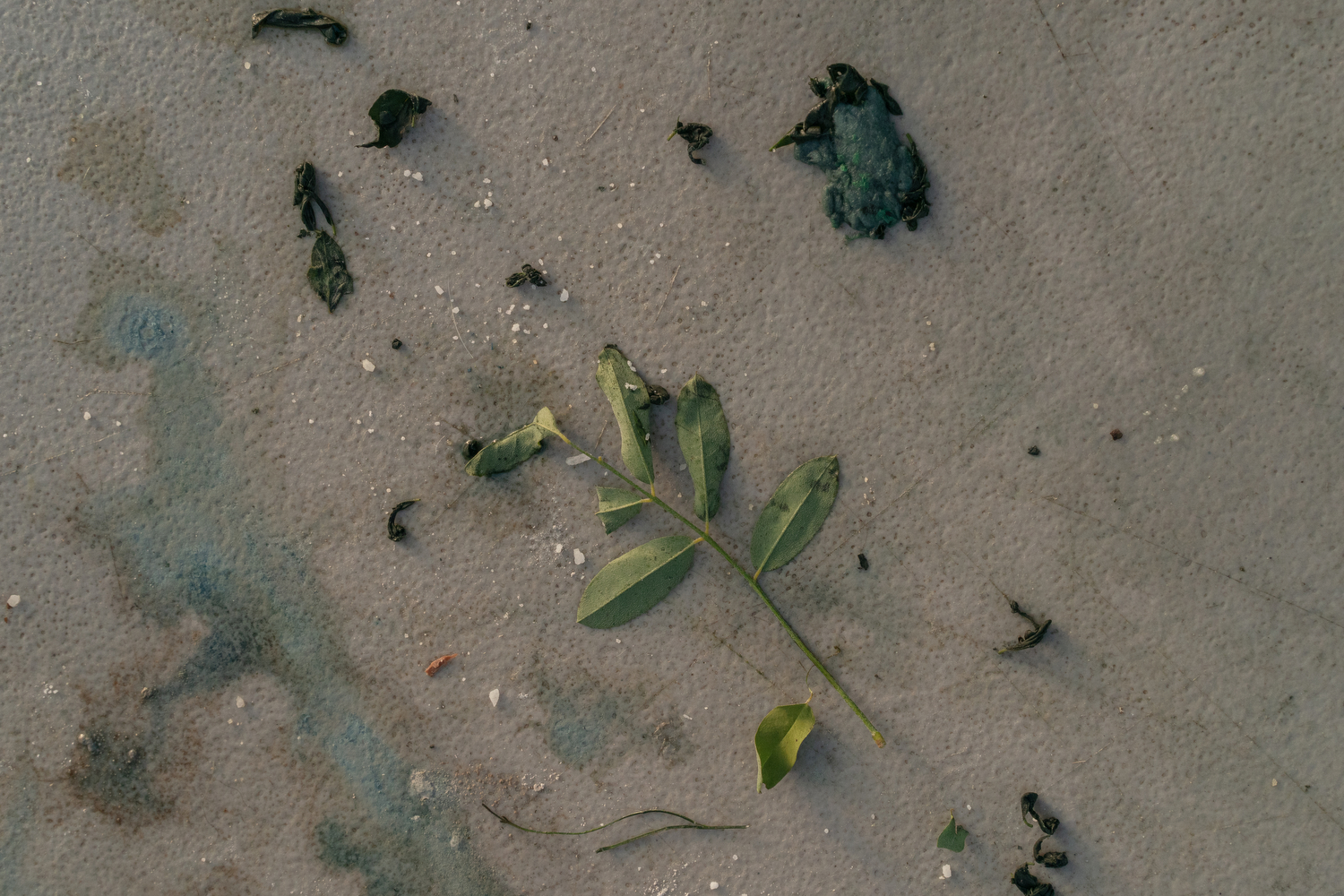
©Caroline Gutman, Indigo leaves, salt and indigo dye stained on a table at the free community indigo workshop at Ogee Farms (formerly Dogleg Farm), in Johns Island, South Carolina.
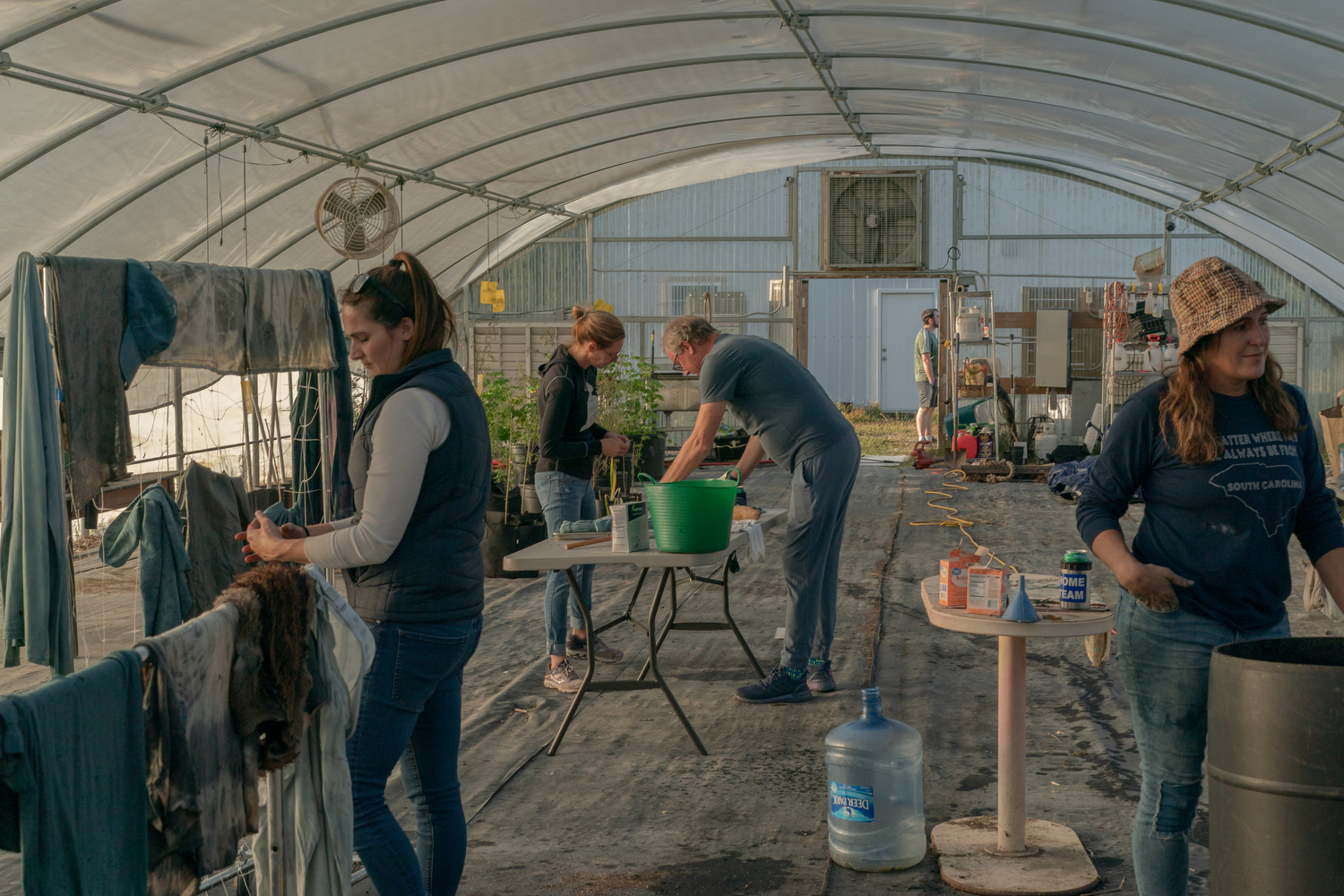
©Caroline Gutman, Attendees learn about indigo harvesting and dyeing at a free community indigo dyeing workshop hosted by farmer Ellie Maas Davis, at Ogee Farms in Johns Island, South Carolina.

©Caroline Gutman, Artist Leah Magar’s studio in Charleston, South Carolina. Magar is trained as a milliner and grows and processes indigo at her home.
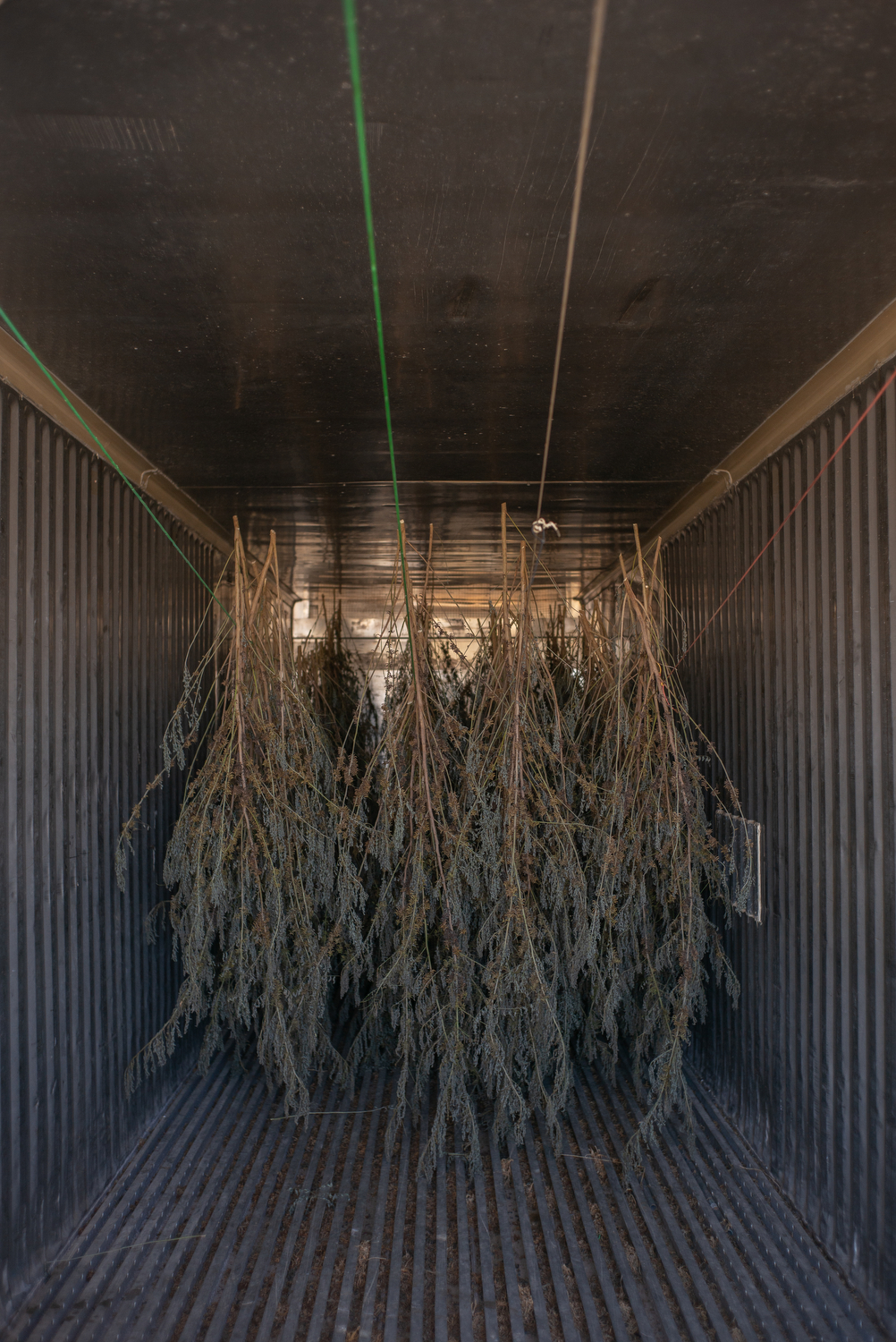
©Caroline Gutman, Harvested indigo leaves on stalks hanging upside down to dry, inside a storage container at Ogee Farms in Johns Island, South Carolina. Ellie Maas Davis, who runs the farm, had been experimenting with different methods of processing indigo, including first drying out indigo stalks.
Posts on Lenscratch may not be reproduced without the permission of the Lenscratch staff and the photographer.
Recommended
-
Aurora Rojas Briceño: Amalia IrmaJune 6th, 2024
-
Aurora Rojas Briceño: Amalia IrmaJune 6th, 2024
-
Healing Riverbanks: Sebastián Mejía’s Walks Along the Mapocho RiverJune 5th, 2024
-
Mournful Cuts: The Political Collages of Amanda Sotelo SilvaJune 3rd, 2024
-
Kyle Agnew | Our Cheeks Blush Amidst Prairie GrassesMay 10th, 2024


